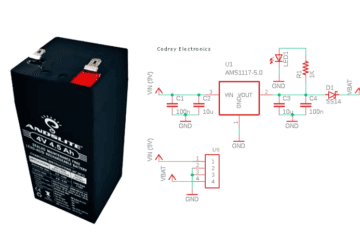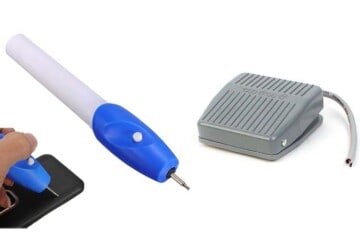After getting a few vintage automotive solid state relays (SSRs) from a flea market thru a friend abroad, I decided to make a low-cost automotive solid state relay myself. So, this post covers the design idea of a simplistic automotive SSR module. Enjoy!
Well, nothing new here. There are plenty of follower designs out there. I played with many design ideas and eventually settled with a little one based on a logic level MOSFET. You can argue that a regular power mosfet can reduce the cost a bit, but I love the flexibility and effectiveness of this concept.
So, here is the schematic of the automotive solid state relay with a semiconductor output.
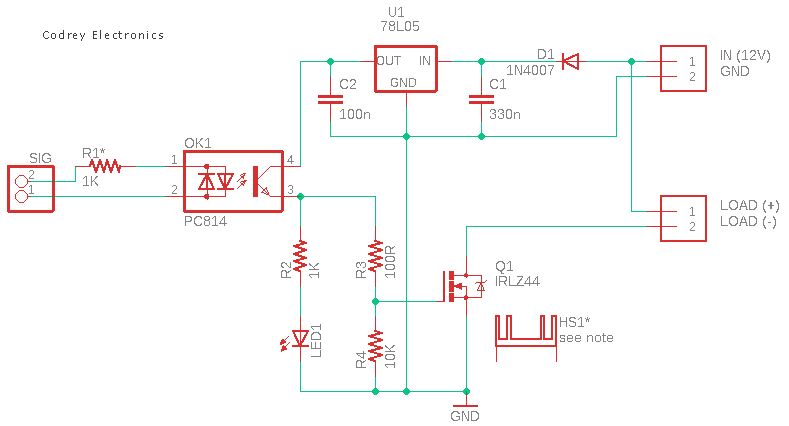
As can be seen in the above schematic, this automotive solid state relay employs an optically isolated input to turn on a power mosfet, and it can be controlled with an external control voltage or signal via its bidirectional input.
In a nutshell, this standalone automotive solid state relay is a galvanically isolated semiconductor power switch which uses a logic level power mosfet in combination with a bidirectional optocoupler. The power mosfet can withstand significant current due to its low on-resistance, allowing it to be used with different kinds of power demanding applications. In addition, it is equipped with a linear voltage regulator chip which stabilizes the gate drive voltage for the power mosfet.
I ran some quick tests of my perfboard prototype with a TTL logic-high input (5V) catered by an Arduino Uno. I initially used a 1KΩ resistor as R1 but it is obvious that you need to change its value as demanded by your actual control input. The test load was a 12VDC automotive halogen headlight bulb (see below). I did not shoot each step, so you will have to fill in some of the blanks yourselves!
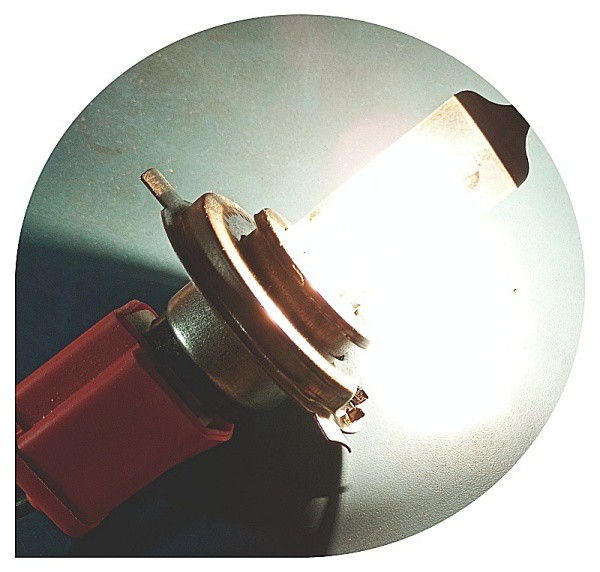
This low cost discrete electronic circuit works well for 12V and 24V automotive systems. Doing a search for other readily obtainable parts which works equally well here, the next suitable candidates are the RFP50N05L power mosfet and the LTV814 ac optocoupler.
Well, keep note at this point that for reliable operation and long lifetime, it is vital to ensure adequate removal of heat from the mosfet. So, remember to pick an appropriate heatsink for the power mosfet.
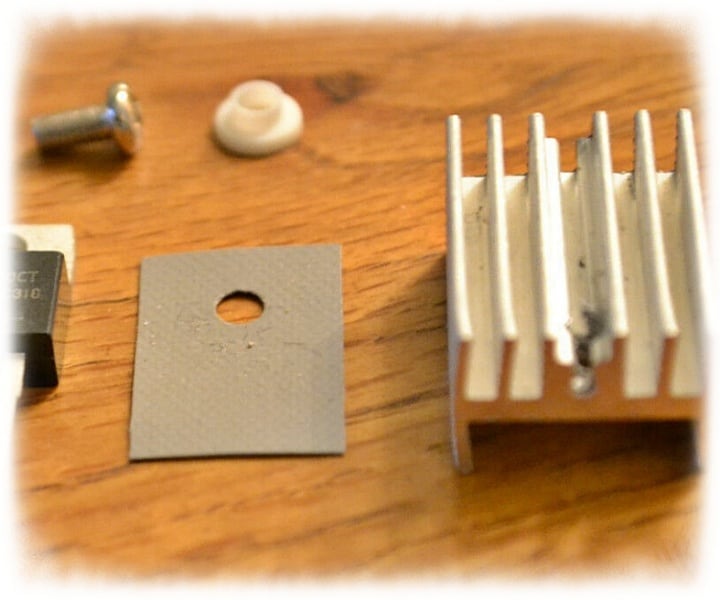
Heatsink is an important element in power electronics because it provides an efficient path for heat to be transferred into the ambient air and away from the electronic component. Anyway, if you are a little confused on the mosfet heatsink theory and practice, this guide will help you: How to select a heatsink
Actually, my neighbour uses the quick and dirty prototype of my standalone automotive solid state relay to control his 12V/7.5L travel car fridge via a radio remote controller. That smashing setup still works well, and I have a related story to tell you later. Keep listening…



